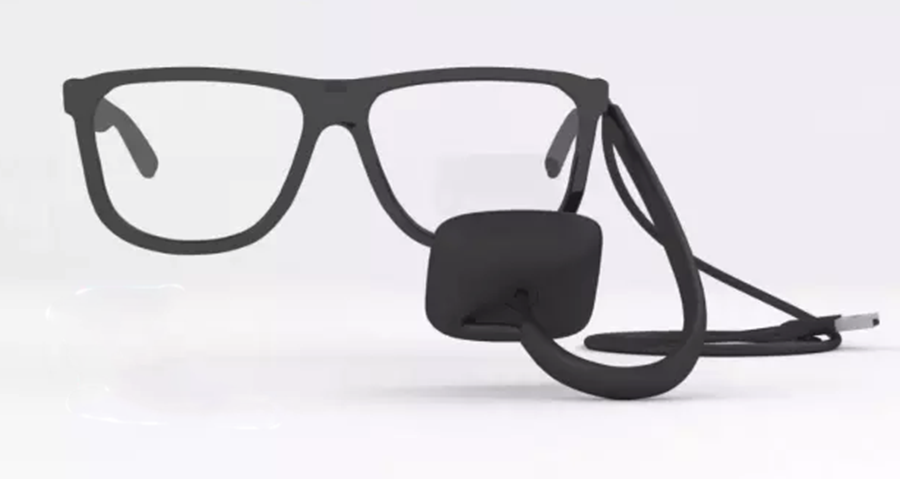Locked-in syndrome (LIS), also known as pseudocoma, is a rare neurological disorder in which there is complete paralysis of all voluntary muscles except for the ones that control the movements of the eyes. The condition is commonly associated with Amyotrophic Lateral Sclerosis (ALS), also known as Lou Gehrig’s disease, stroke or traumatic brain injury. An LIS patient conscious and sufficiently intact cognitively, but cannot move or communicate verbally due to complete paralysis of nearly all voluntary muscles in the body except for vertical eye movements and blinking.
A new wearable device dubbed EyeControl hopes to enhance the lives of people with Locked-In Syndrome by helping them to communicate with their loved ones, reports Digital Health Age.
The EyeControl is a groundbreaking device that enables people with Locked-In Syndrome to communicate with their loved ones and caregivers in a simple and innovative way. It is the world’s first AI-powered, wearable eye tracking device that allows patients to communicate 24/7 via eye gestures, with audio feedback coming through a stand-alone portable speaker. For now, the device has been launched in the UK.
A head-mounted camera worn by the patient tracks their pupils and through which they can scroll through menu and dialogue options, choosing what they want to say via blinking. The device features other options as well: blinking three times calls for an emergency, and users can even teach the device personalized syntax.
IndieGogo is crowdfunding EyeControl for which the company has only built a working prototype. The company hopes to sponsor devices for people with ALS in the UK and will match all support from the public to ensure patients receive a device.

Or Retzkin, CEO of EyeControl, said What makes the device unique is that it can provide the user with independently controlled communication. He also said his company aims to create a easy to use and competitively priced device to give the voiceless a voice.
“The EyeControl introduces a new reality of accessibility for locked-in individuals to communicate with their friends, family, and carers, transforming everyday tasks for both users and their carers. Individuals are now able to communicate immediately upon waking, while in the bathroom, indoors, outdoors and even while travelling – situations that alternative devices have not been able to accommodate. We hope to inspire a new sense of independence for these individuals,” Retzkin said.
Read more Fitbits Could Help Save the Lives of Chemo Patients by Helping Doctors Predict Patient Reaction
“We are excited to be working with local communities across the UK and with local professional organizations who are nominating members of their community to receive a device. We also hope to raise awareness of the importance of giving these patients the independence they gain through communication devices,” he added.












